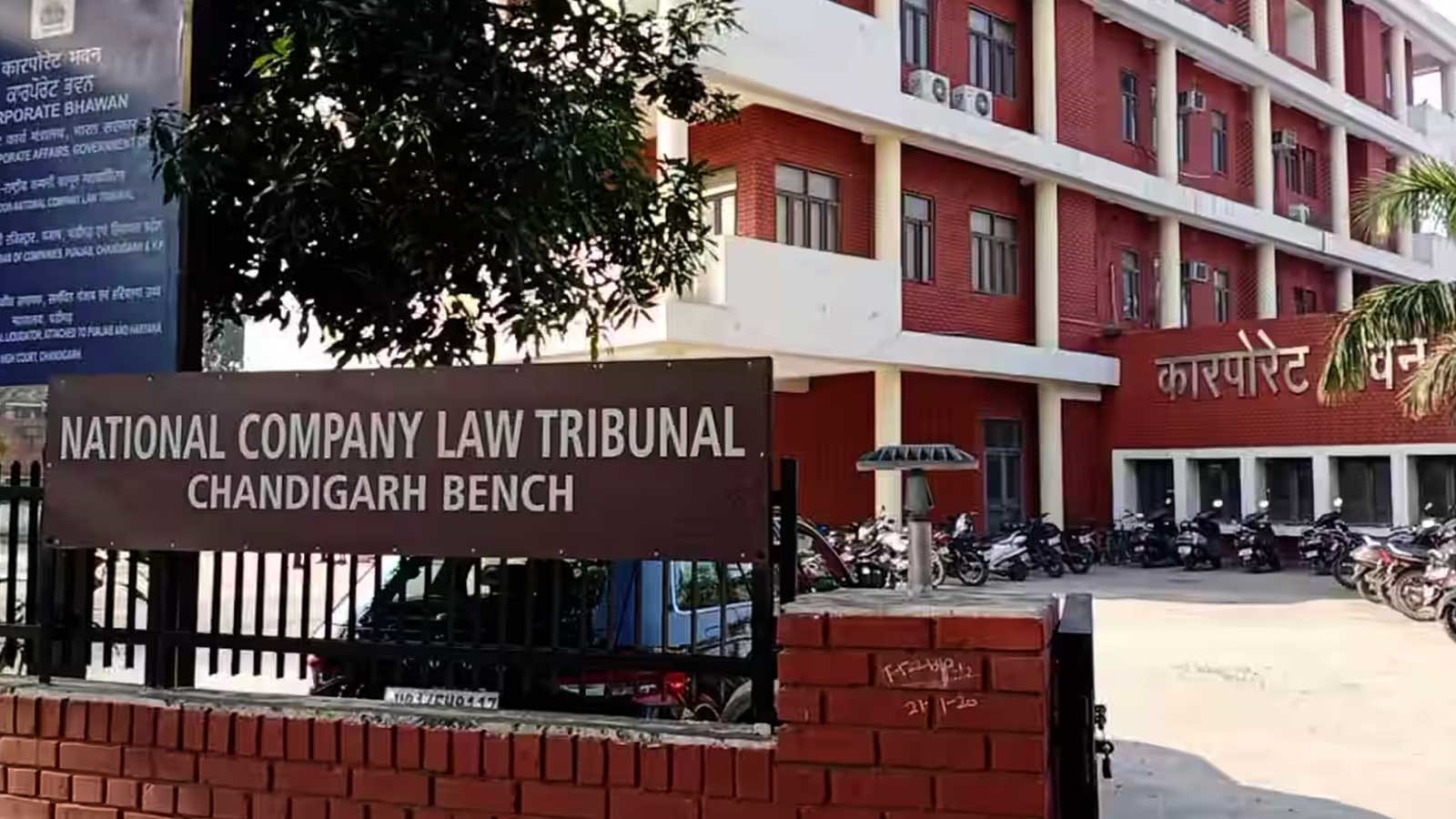Power To Remove Liquidator Lies With Stakeholder Consultation Committee And Not Suspended Director: NCLT Chandigarh

The bench was considering a petition filed by an ex-director of the corporate debtor. The ex-director in his plea sought for an appointment of a new liquidator of the corporate debtor prior to the date of sale of assets of the corporate debtor, fixed for 29.03.2023
The National Company Law Tribunal (NCLT) in Chandigarh has observed that a suspended director does not possess a vested right to propose the removal of the liquidator. Instead, the authority to remove a director lies with the Stakeholder Consultation Committee.
“In the case at hand, the applicant's suspended director has made certain allegations against the liquidator. In view of the aforementioned regulation, 31A (11), the power to remove the liquidator lies squarely with the Stakeholders Consultation Committee. We observed that the Suspended Director has no vested right to recommend the removal of the liquidator,” the bench observed
This observation was made by the NCLT bench in Chandigarh, which consisted of Justice Harman Singh Thakur and Technical Member Subrata Kumar Dash. The bench was hearing a plea filed by an ex-director of the corporate debtor.
The ex-director in his plea sought for an appointment of a new liquidator of the corporate debtor prior to the date of sale of assets of the corporate debtor, fixed for 29.03.2023.
The ex-director claimed that the liquidator had intentionally withheld important information from both the Insolvency and Bankruptcy Board of India (IBBI) and the tribunal. This information pertained to the registration of an FIR against the liquidator, which involved charges of criminal conspiracy, cheating, forgery, and the use of forged documents. These alleged actions had reportedly caused a wrongful loss of Rs. 26.16 Crore to the complainant, Union Bank of India's GTBH Branch in Ludhiana.
Additionally, the ex-director pointed out that the liquidator had been named as an accused by the Central Bureau of Investigation (CBI) in connection with the FIR. This FIR was registered against a company, which included the liquidator, based on a Special Investigation Audit Report conducted by KPMG India.
Furthermore, the applicant mentioned that he had filed a complaint against the liquidator with the IBBI. He had also sent the complaint to the members of the Stakeholder Consultation Committee of the corporate debtor. The ex-director argued that these actions fell under the definition of misconduct.
Moreover, he contended that the liquidator had failed to disclose the aforementioned information in FORM A, 2nd Schedule, as required by the IBBI (Insolvency Professionals) Regulations. This non-disclosure of crucial details about the FIR would render the liquidator ineligible for appointment as an Insolvency Professional.
The liquidator refuted the claims made by the ex-director, asserting that the information provided by the applicant was not only false but also misleading. He clarified that he had already completed the sale of the corporate debtor's assets. This sale had been conducted through a composite sale in an electronic auction as per the instructions of the adjudicating authority. The entire proceeds from the realization had been distributed following the prescribed waterfall mechanism.
Furthermore, the liquidator contended that there appeared to be an attempt to needlessly delay the proceedings of the corporate debtor by referencing a single FIR. He argued that while the FIR did indeed contain the name "Sanjay Kumar Aggarwal," which matched his own name, there were no other details within the FIR that correlated with his identity as the liquidator.
The bench agreed with the contentions of the liquidator and dismissed the application filed by the ex-director.
Case title: Kulwinder Singh Makhni vs Sanjay Kumar Aggarwal
